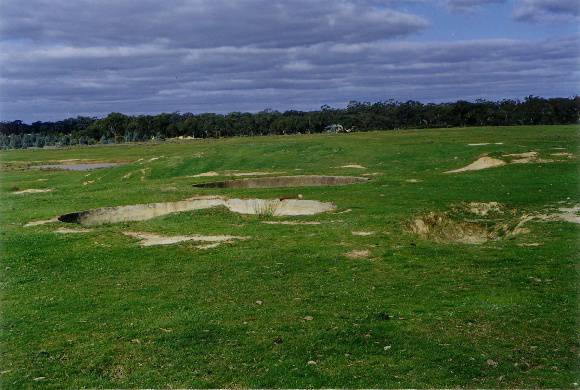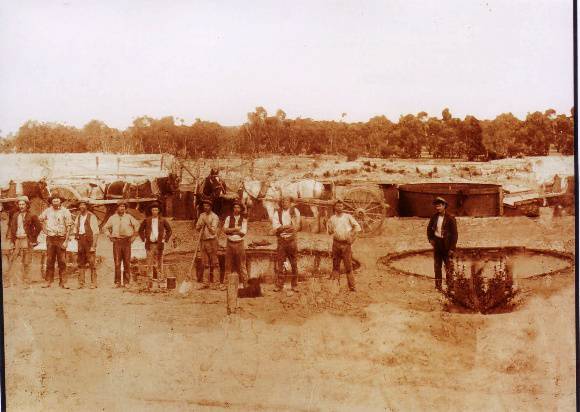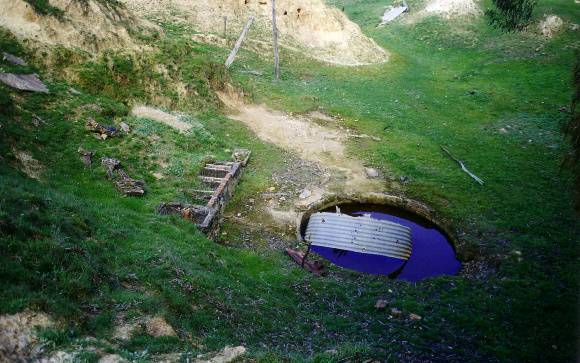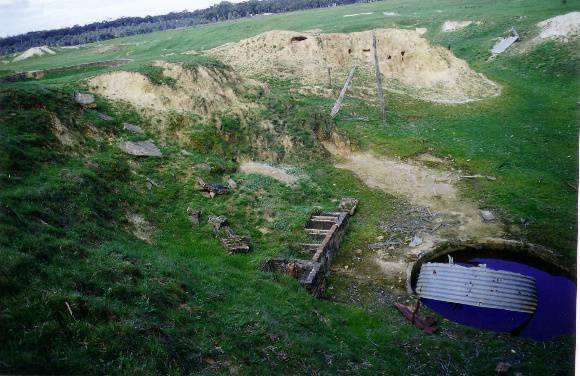| Back to search results » | Back to search page » |
|
Cyanide Works - Hand in Hand Company Mine, Part Lot 2 on LP 118771, Red Hill Road, DEEP LEAD
LocationRed Hill Road DEEP LEAD, NORTHERN GRAMPIANS SHIRE LevelRecommended for Heritage Overlay |
|
Statement of Significance
The Deep Lead was first worked in 1857, and during the 1860s the shallower sections of the lead were monopolised by Chinese miners who used cradles to treat the auriferous wash. In the late 1860s one deep lead mining company - the Standard Co. - attempted to work the lead at depth. In 1868, the company's efforts were thwarted when its shaft was flooded. In 1871 there was an attempt to find the continuation of the Deep Lead which had been lost when the Standard Company's shaft had been flooded. The Tregea Alluvial Company commenced work on the lease with an old steam-powered engine and were soon getting payable good. The company was then reformed into the Hand-in-Hand Company. The new company erected steam-powered machinery for winding and puddling in 1873 and mined with limited success until 1876. During this time the Hand-in-Hand produced 150.71 kg. of gold. Activity at this mine continued intermittently until the 1930s, when low grade tailings were treated by the cyanide process, as apart of a general trend occurring throughout the state in response to the high price of gold. The cyanide works are unusually intact, demonstrating important aspects of the mining industry. The Hand in Hand Mine and cyaniding works are historically and scientifically important at a LOCAL level as a substantially intact example of an important gold mining technique. Gold mining sites are of crucial importance for the pivotal role they have played since 1851 in the development of Victoria. Overall the Hand in Hand Mine and cyaniding works are of LOCAL significance.
Group
Mining and Mineral Processing
Category
Cyanide vat







